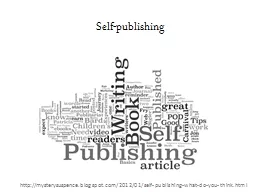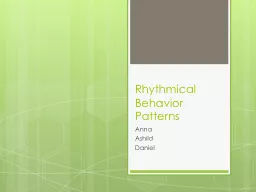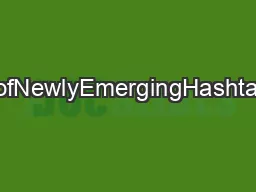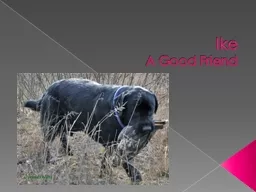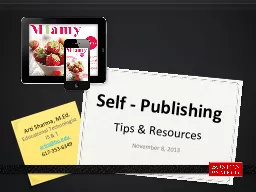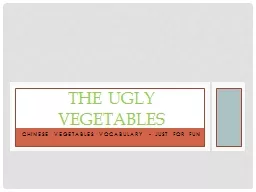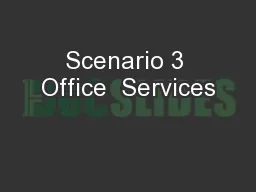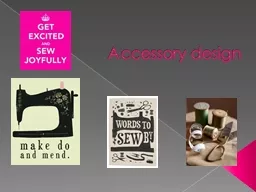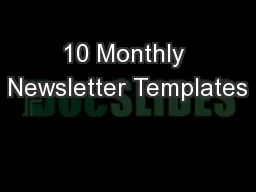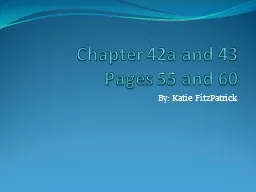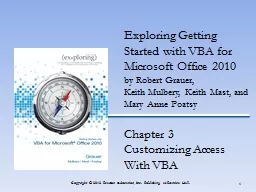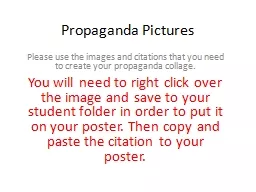PPT-Self-publishing http://mysterysuspence.blogspot.com/2012/01/self-publishing-what-do-you-think.html
Author : briana-ranney | Published Date : 2020-04-05
Agenda Why selfpublish Brief overview of ebook retailers aggregators formats Brief overview of Smashwords Practical preparing a Word manuscript for publication
Presentation Embed Code
Download Presentation
Download Presentation The PPT/PDF document " Self-publishing http://mysterysuspence...." is the property of its rightful owner. Permission is granted to download and print the materials on this website for personal, non-commercial use only, and to display it on your personal computer provided you do not modify the materials and that you retain all copyright notices contained in the materials. By downloading content from our website, you accept the terms of this agreement.
Self-publishing http://mysterysuspence.blogspot.com/2012/01/self-publishing-what-do-you-think.html: Transcript
Download Rules Of Document
" Self-publishing http://mysterysuspence.blogspot.com/2012/01/self-publishing-what-do-you-think.html"The content belongs to its owner. You may download and print it for personal use, without modification, and keep all copyright notices. By downloading, you agree to these terms.
Related Documents

